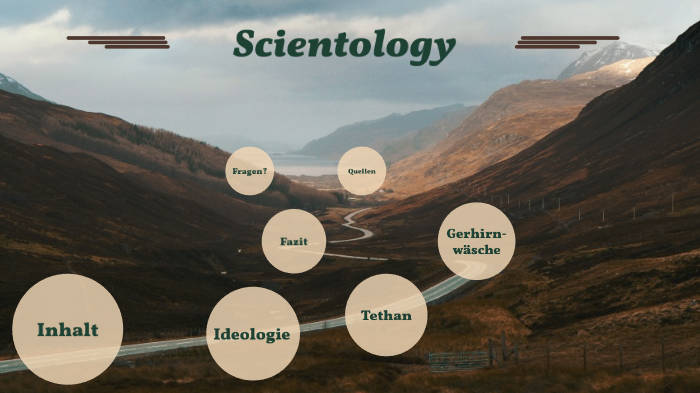Within the full-size and ever-evolving world of linguistics, a fascinating area referred to as syntologie is rising. Syntologie ventures beyond the realm of conventional syntax, delving into the complicated internet of connections that form the inspiration of language and that means. This burgeoning field seeks to resolve the mysteries of ways phrases, terms, and sentences intertwine to create the tapestry of conversation that defines human interaction.
What is Syntologie?
Syntologie may be understood as the take a look at of the systematic organisation of language beyond the sentence level. even as syntax specializes in the shape of person sentences, syntologie’s takes a broader attitude, analyzing how sentences have interaction and cohere to form a cohesive complete. It investigates the concepts that govern how we construct meaning with the aid of stringing collectively smaller gadgets of language.
Here’s an analogy: Imagine a sentence as a single brick. Syntax would analyze the composition and structure of that individual brick.
Key Concepts in Syntologie
Syntologie explores several key concepts that shed light on how language builds meaning:
- Discourse markers: these are phrases or terms that signal how sentences relate to every other and manual the drift of conversation. Examples include “however,” “consequently,” and “moreover.”
- Cohesion: This refers back to the mechanisms that bind sentences collectively to shape a coherent text. Syntologie’s explores numerous cohesive gadgets along with reference (the use of pronouns or noun phrases to refer again to previously stated entities), ellipsis (omitting a phrase or phrase that may be inferred from context), and lexical chains (the use of associated words at some stage in the text).
- Information shape: Syntologie’s examines how phrase order, topic-comment shape, and cognizance markers have an effect on the interpretation of data.
Syntologie vs. Syntax: A Comparison
While syntologie’s and syntax share some common ground, they differ in their scope and focus. Here’s a table summarizing the key differences:
| Feature | Syntax | Syntologie |
| Scope | Focuses on the structure of individual sentences | Investigates how sentences interact and cohere |
| Unit of Analysis | Words, phrases within a single sentence | Sentences, paragraphs, and larger discourse structures |
| Key Concepts | Parts of speech, phrase types, sentence patterns | Discourse markers, cohesion, information structure |
Benefits of Studying Syntologie
Understanding syntologie offers several advantages:
- Enhanced communication skills: By recognizing the principles that govern how sentences cohere, you can become a more effective communicator, crafting messages that are clear, concise, and well-organized.
- Deeper appreciation for language: Syntologie’s fosters a deeper understanding of how language builds meaning, allowing you to appreciate the intricate ways we use words to create complex messages.
Applications of Syntologie
Syntologie finds applications in various fields:
- Second language learning: Understanding syntologie principles can aid language learners in mastering the art of connecting sentences and building coherent discourse.
- Technical writing: Syntologie’s helps in crafting clear, concise, and well-organized technical documents that effectively convey information.
FAQs about Syntologie
Q: Is syntologie a new field?
A: While the term “syntologie” is not as widely used as syntax, the concepts it explores have been studied by linguists for some time. However, syntologie’s as a distinct field of study is still emerging.
Q: What are some resources for learning more about syntologie?
A: As syntologie is a developing field, dedicated resources are still limited. However, you can explore scholarly articles and textbooks on discourse analysis and text linguistics, which often delve into concepts relevant to syntologie’s.
Q: How can I apply syntologie in my daily life?
A: By way of being aware of ways you join sentences and paragraphs to your writing and speaking, you may turn out to be a greater articulate and persuasive communicator. listening to discourse markers and ensuring a clean float of information can appreciably beautify the impact of your words.
Conclusion
Syntologie’s offers a captivating lens through which to view language. It unveils the problematic tapestry woven by way of phrases, phrases, and sentences as they integrate to create which means. via delving into the concepts that govern how we connect sentences and construct discourse, syntologie’s equips us to come to be not only extra effective communicators but additionally extra discerning purchasers of language.




